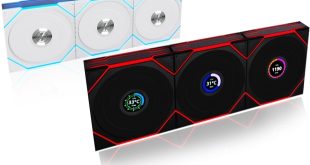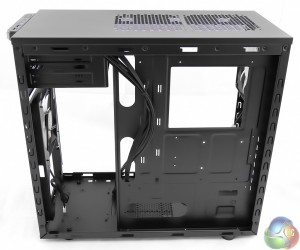
We'll examine a couple of specific features of the Core 3300 in a moment but for now let's take a look at the stripped chassis. You might think the Core 3300 has been reduced to its component parts but in fact it has only had the two side panels, the front panel and the drive plate removed, which takes no more than one minute.
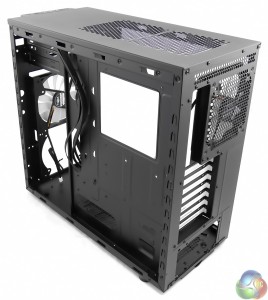
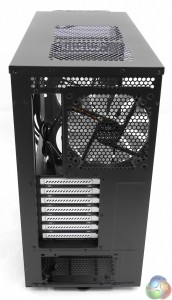
The result is an awful lot of fresh air in the middle of the Core 3300 or, if you prefer, not much in the way of metal work. Those case fans are Silent Series R2 140mm items that have a 1,000rpm maximum spin speed.
You can clearly see the mounting frame that is ready to accept a second case fan at the front of the chassis. High up there are only two optical drive bays, well out of the way of air flowing through the case.
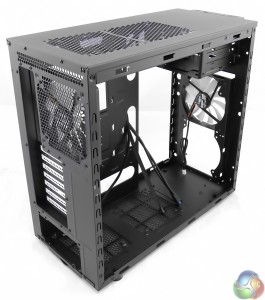
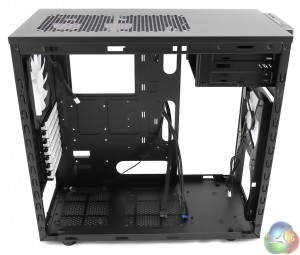
The opening in the motherboard tray that gives you access to the back of the CPU cooler mount is huge. Part of the reason the case feels so airy is that the cable management holes do not use grommets, presumably to keep costs low. The steelwork is nicely finished and there were no unpleasant sharp edges waiting to attack either your fingers or the cables inside the PC.
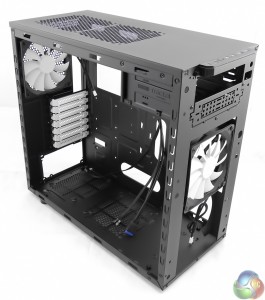
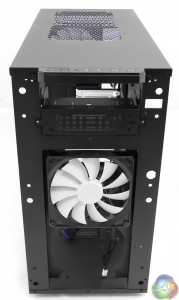
What you cannot see is the usual tower of hard drive bays, which is an area of innovation in the Core 3300 and also the source of a few problems.
 KitGuru KitGuru.net – Tech News | Hardware News | Hardware Reviews | IOS | Mobile | Gaming | Graphics Cards
KitGuru KitGuru.net – Tech News | Hardware News | Hardware Reviews | IOS | Mobile | Gaming | Graphics Cards


